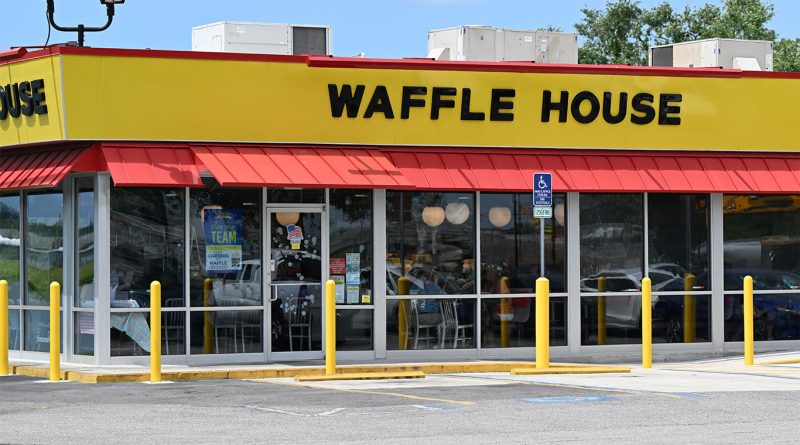Waffle House drops egg surcharge as prices fall back to Earth
Subscribe to our free newsletter today to keep up to date with the latest food industry news.
When Waffle House quietly removed its 50-cent surcharge on eggs, the change signaled more than just cheaper breakfasts. For months, diners across the Southeast paid extra for scrambled, over-easy or sunny-side up orders as egg costs soared to historic highs. Now, the 24-hour chain is signaling that a fragile return to normal is underway, supported by stabilizing prices and a recovering national flock.
How an avian flu outbreak cracked open egg prices
The surge in egg prices traces back to an outbreak of Highly Pathogenic Avian Influenza that swept through poultry farms starting in 2022. The virus forced producers to cull over 166 million birds, cutting flocks and pushing wholesale prices to nearly four times normal levels. By March 2025, wholesale egg prices reached over six dollars per dozen.
The United States Department of Agriculture continues to monitor for new cases as part of its effort to keep prices steady. Although prices have retreated in recent months, May retail egg prices stayed more than 40 percent higher than the year before. While relief is real for now, the USDA has warned that new outbreaks could drive another spike later in the year.
Waffle House’s surcharge strategy and its broader message
Waffle House, which serves about 272 million eggs each year across its 2,000-plus locations, felt the pinch directly. In February, it added a 50-cent surcharge per egg, spelling out the added cost for customers in stores and online. The move was mirrored by other chains such as Denny’s and Biscuitville, showing how price spikes in a single item can reshape a full menu.
For Waffle House, known as a cultural marker of continuity, so much so that FEMA uses a “Waffle House Index” to gauge hurricane damage, the surcharge was more than a price adjustment. It was a clear signal of how tight the supply chain had become for one of the country’s most common breakfast staples.
USDA and industry steps to shore up supply
Behind the scenes, the USDA has coordinated a broad response. In early 2025, the agency pledged up to one billion dollars to help farmers boost biosecurity, replace lost flocks and expand vaccine research. The American Egg Board says the rebuilding process will take time, but recent gains show promise.
By June, the nation’s flock rebounded to about 285 million egg-laying hens, still shy of pre-outbreak levels but moving in the right direction. Seasonal patterns have helped too: demand usually drops after Easter and into summer, freeing up more supply for grocery shelves and restaurant kitchens.
For diners, the end of the Waffle House surcharge means fewer surprises on the check. Industry analysts note prices could swing again if new flu cases appear or if biosecurity gaps persist. Meanwhile, farmers and suppliers are working with USDA resources to protect flocks and avoid another wave of forced culls.
For now, the surcharge is off the menu and diners can order breakfast without an extra fee. It is a small but telling sign of how supply chains, disease management and the cost of a simple egg are more connected than most people realize.
Sources:
